Some forms of energy waste, such as lights on in empty spaces, are easy to spot. Just install controls and you've eliminated unnecessary energy use. Unfortunately, easy fixes such as this can often leave you in the dark about other, less noticeable energy losses that may be going on all around your facility. With a little detective work, you can uncover these often hidden sources of energy waste.
Poorly tuned controls
Building controls are designed to save energy. If they're out of tune, however, they can actually increase heating and cooling costs and reduce comfort. Inspect and adjust building controls regularly to account for operational and seasonal variations, and to ensure that sensors and controls are properly calibrated. Well-tuned controls can save up to 30% on heating and cooling costs, according to the U.S. Department of Energy.
Air leaks
Conditioned air is constantly leaking out of buildings, and unconditioned outdoor air is penetrating the building envelope in many ways throughout the year. This requires your HVAC system to work harder than it needs to. Seal gaps in windows and exterior doors with caulk or weatherstripping to slow down unwanted air exchange.
Excess fresh air
All buildings require a certain amount of fresh air to maintain comfort and indoor air quality (IAQ). For facilities with varying occupancy patterns, there's often more outside air coming in than necessary, which requires more energy to heat or cool the air and maintain humidity levels. Demand control ventilation systems use carbon dioxide sensors to maintain fresh air levels based on occupancy, saving energy while maintaining IAQ.
Phantom loads
Many electronic devices, such as office equipment and vending machines, use energy 24/7, even when no one's around. Don't let your facility be haunted by this kind of energy waste. Use power management settings on computers. Plug devices into smart power strips that automatically shut off power when they're not in use. Install occupancy sensors on vending machines; they turn on lights and ramp up compressor operation only when someone is present.
Electrical system issues
Regularly check for bad connections, poor grounding and shorts to ground. Such electrical distribution system problems are common sources of energy loss and may reduce end-use equipment reliability. Qualified technicians using monitoring equipment and infrared cameras can identify these types of problems in your facility.
Personal appliances
They may be small in size, but space heaters, fans and mini fridges aren't very efficient, and they're difficult to control. How much do these devices cost you? One 1,500-watt space heater operating at 500 hours a year will cost you about $75 at an average electric rate of 10 cents per kWh. A lot of these little appliances can take a big chunk out of your energy budget. To limit their use, maintain building temperatures in a comfortable range and make appliances readily available in a central break room area.
Transformer losses
Like all electrically powered devices, transformers lose energy during operation. Transformers have load and no-load losses. Current flow through wound conductor wires under load results in load loss. When there is no load on the secondary side and the primary side is still energized, the iron core experiences no-load losses. Shut off the primary windings of unused transformers. Higher efficiency transformers can also help reduce losses.
Looking to dig a little deeper? Hire a qualified professional to perform an energy audit of your facility. Your auditor will help you target the most effective energy-saving opportunities.

